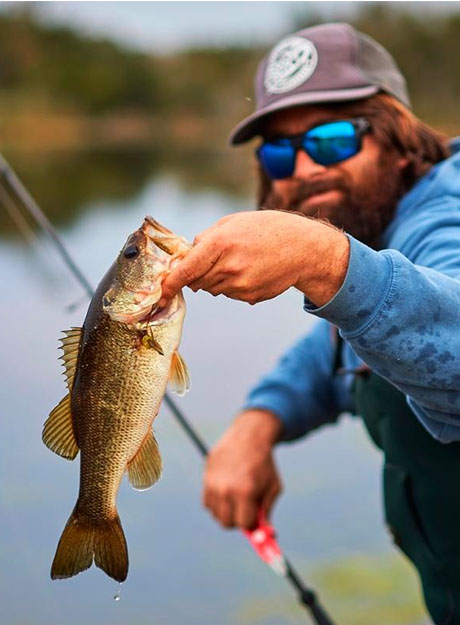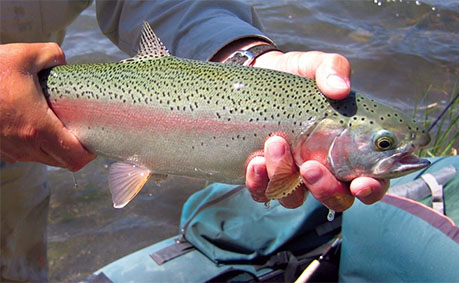There are a variety of saltwater fishing rigs that can be used to catch a variety of saltwater fish species. The type of rig you choose will depend on a number of factors including fishing conditions, target fish species and whether you’ll be trolling the open sea by boat, bottom fishing, mid-water fishing, or surf fishing from the shore. Most important, the fishing rig you choose should be designed to present your bait, or lure, in a way that looks most natural to the fish.
To ensure a successful saltwater fishing experience, we recommend using a rig designed for the intended use. Below we’ve listed some of the most popular saltwater fishing rigs and presentations for live bait and lures.
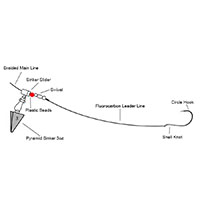
A surf fishing rig used to catch a large variety of fishing including stripers and redfish
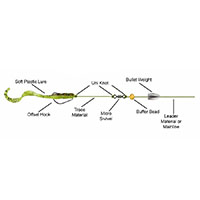
Used for casting and dragging across a target area where fish may be located
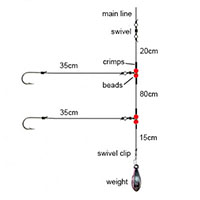
A two hook sea fishing rigs ideal for middle-range casts and multiple fish species
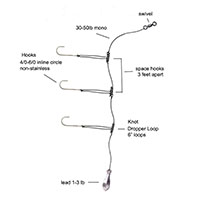
Dropped vertically down the water column and used for still fishing
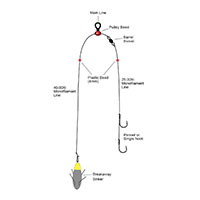
Designed to minimize snaps and lose of fishing when fishing over rough ground
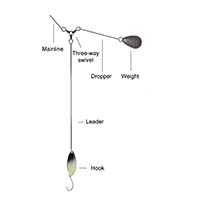
A versatile rig for fishing natural or artificial bait from shallow to deep water
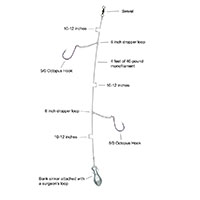
Presents two baited hooks at once doubling an angler odds of a catching a fish
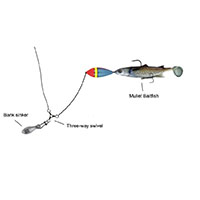
Effective for catching bluefish and other predatory fish that attck from the tail
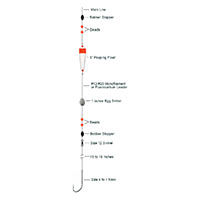
Simulates surface feeding bait fish and commotion whereby attracting game fish
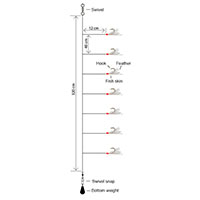
A line of several small hooks. is used to primarily for catching smaller bait fish
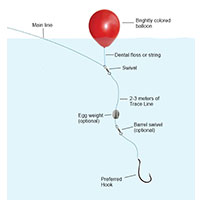
Allows anglers to float their bait to different areas and cover more water fishing
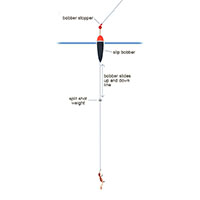
Can be fished at various depth with an easy adjustment to a bobber stop


